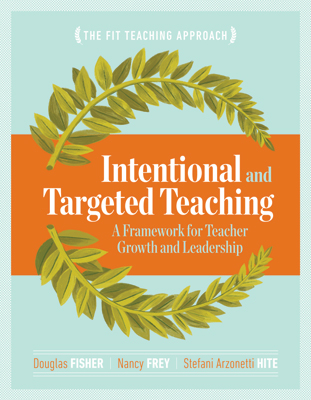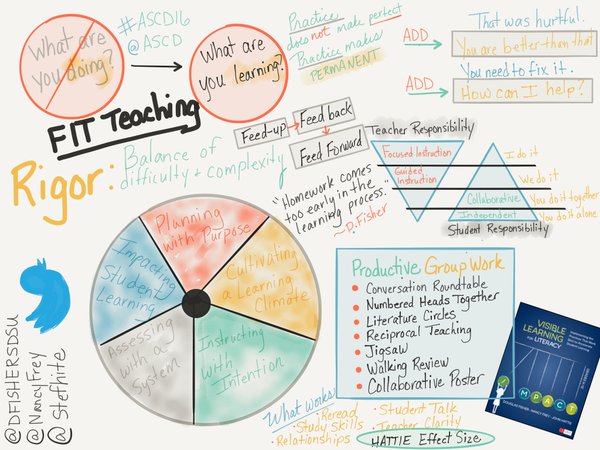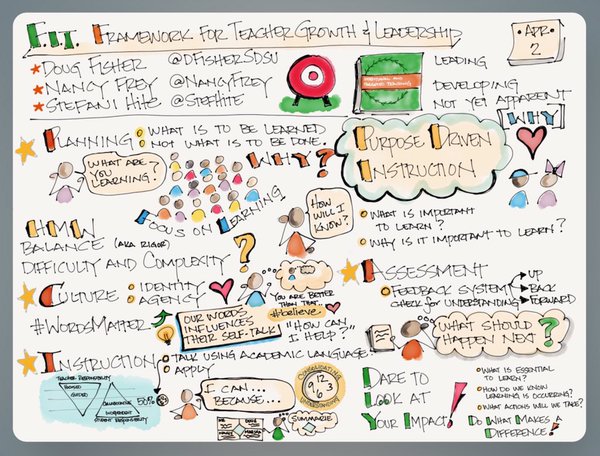Cross-posted in the January issue of the NJEA Review:
At this point in the school year, teachers have probably been observed at least once. Whether the observation was announced or unannounced, it involved someone visiting the classroom, writing things down, and relating that data to the district’s teacher evaluation model.
Many districts have made significant efforts to make the process collaborative, inviting teacher input and ensuring strong, instructionally oriented conversations. For those who experienced a less than collaborative process, there are steps that can be taken to make one’s voice heard. It’s important to remember that teachers were actually present during these observations, and they might have something valuable to say about their own instruction.
In New Jersey, regulations require a post-observation meeting for every observation. They specifically state that the post- observation conference is for the purpose of:
- Reviewing the data collected at the observation;
- Connecting the data to the teacher practice instrument;
- Connecting the data to the teacher’s individual professional development plan;
- Collecting additional information needed for the evaluation of the teacher;
- Offering areas to improve effectiveness.
Although it may be tempting to avoid the post-observation meeting, an electronic communication is a challenging method to address all of these points. So how should teachers prepare?
First, review the data collected. Make sure that it is objective, free from bias and opinion. A list of judgmental statements, quotes from a rubric, or suggestions for improvement are not objective data. Rather, they are the observer’s impressions and judgments that were made on the spot. If the data received by a teacher appears biased and subjective, it becomes an important topic of conversation during the post-observation conference. Without good data, any discussion of instruction is inherently flawed.
Second, review the data set to analyze how it specifically ties to the criteria and rubrics of the teacher practice instrument. There should be enough data connected to each component or standard to make a judgment about the level of performance. There should be enough data to represent a teacher’s overall pattern of practice throughout the lesson, not simply small snippets of information that might possibly be considered outliers.
Third, offer supplemental data that is relevant to the observation and tied directly to the data collected by the observer. For example, the lesson plan is an important artifact that should relate closely to the data collected around the implementation of the lesson. Student work is also highly relevant, and many observers typically do not have an opportunity to review the work products produced during or at the culmination of a lesson. Share any aspects of the lesson that did not go according to plan—where adjustments were made based on individual students’ needs and abilities, where flexibility was required to handle those unexpected issues that are a regular part of the school day, or instructional changes were made based on the formative assessments conducted during the lesson.
Fourth, plan on sharing impressions of the lesson, the data collected, and where it falls on the rubric. Consider those aspects of instruction that appear strong, and consider one or two areas that might benefit from a shift in practice. It is important to remember that the observation focus should not necessarily be on things that need “fixing.” Teaching is a complicated business— even when a lesson is very good, it might still benefit from some modifications.
Finally, summarize the observation data, the supplemental data, and the language of the teacher practice instrument. Writing a well-informed response to every observation, whether it was positive or not, ensures that teacher voices are heard.

 When I was a fledgling doctoral student, my mentor
When I was a fledgling doctoral student, my mentor  (Warning: shameless self-promotion ahead )
(Warning: shameless self-promotion ahead )
